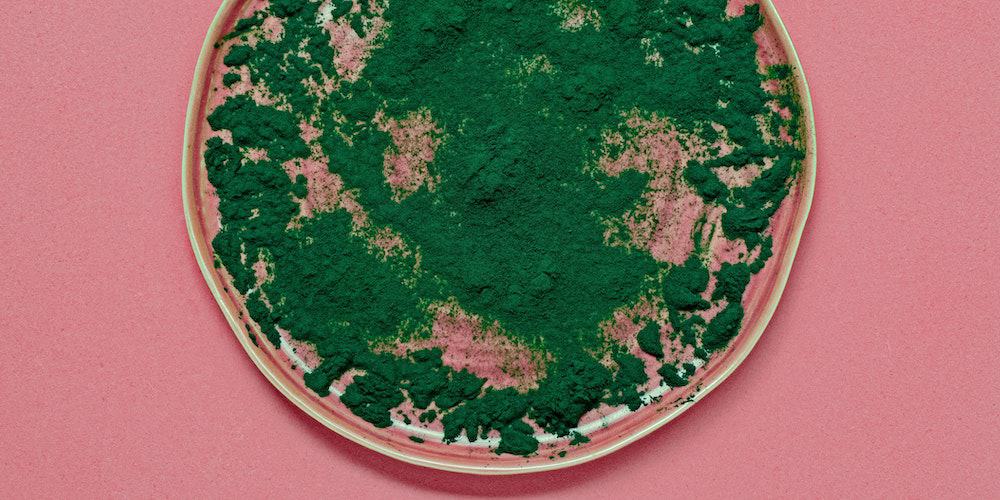The Differences Between Chlorella and Spirulina
A Little Botany…
The chlorella is scientifically named Chlorella vulgaris and appeared on Earth 2.5 billion years ago. It belongs to the Chlorellaceae family, which includes many species of green algae, rich in chlorophyll.
Chlorella is a unicellular algae with a single nucleus. Spherical in shape, it measures barely 5 microns (µm) or 0.005 millimeters. It naturally grows in both fresh water and salt water in many temperate regions.
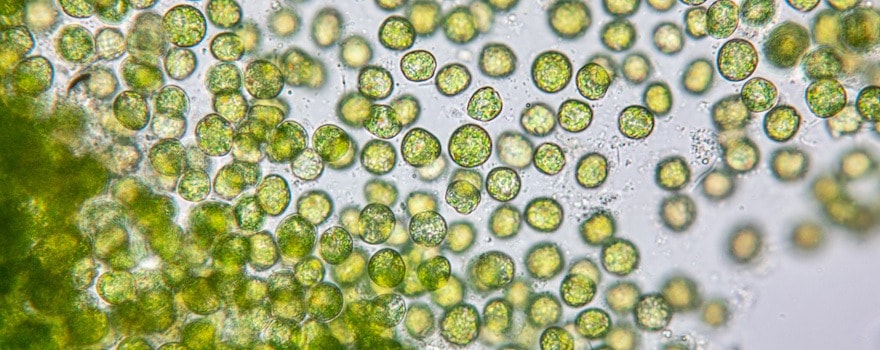
The spirulina, on the other hand, is called Arthrospira platensis. It is 3.5 billion years old and is part of the cyanobacteria phylum, so it is not algae but microorganisms capable of photosynthesis.
Found in tropical regions, these are bacteria that gather in colonies only in fresh and alkaline waters. Spirulina contains chlorophyll as well as blue and red pigments.
Also read The Criteria to Consider Before Buying Spirulina
A Different Nutritional Composition
From a nutritional point of view, spirulina and chlorella are exceptional. Essential fatty acids, amino acids, proteins, vitamins, antioxidants… are among the beneficial components they contain.
Both contain 18 amino acids, including the 8 essential ones for the human body.
They are also rich in antioxidant pigments (chlorophyll, carotenoids), vitamins, minerals, and trace elements.
However, certain nutrients are not present in the same quantities in spirulina and chlorella, explaining the differences in their properties and health benefits.
Chlorella, for instance, contains twice as much calcium as spirulina but also more magnesium, zinc, chlorophyll, and manganese. It is also richer in vitamin B6 and vitamin E.
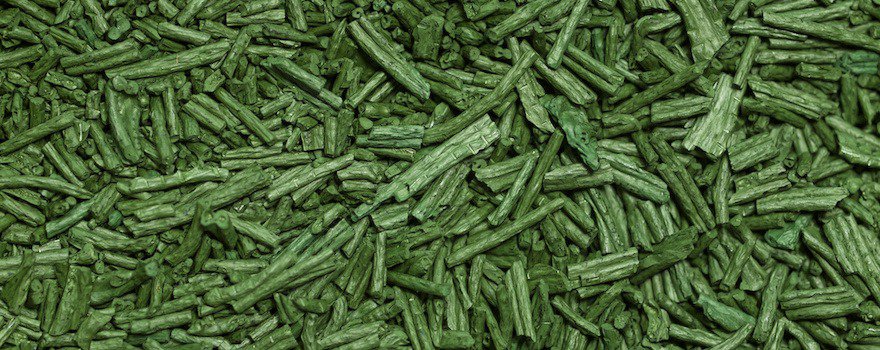
Spirulina, on its part, contains a higher quantity of potassium, iron, vitamin C, and vitamin A.
Some nutrients are also present in chlorella but absent in spirulina, and vice versa. For example, unlike spirulina, chlorella contains lutein, vitamin K1, copper, and omega-9.
It is also one of the few superfoods to contain active and bioavailable forms of vitamin B12. The composition of spirulina is distinguished by the presence of many B group vitamins (B1, B2, B3, B5, and B7), phosphorus, chromium, and sodium.
The summary table below will help you see things more clearly:
+++ contains the most
✔ contains
X does not contain
| Chlorella | Spirulina | |
| Calcium | +++ | |
| Magnesium | +++ | |
| Zinc | +++ | |
| Manganese | +++ | |
| Iron | +++ | |
| Potassium | +++ | |
| Phosphorus | +++ | |
| Chromium | +++ | |
| Sodium | +++ | |
| Copper | +++ | |
| Chlorophyll | +++ | |
| Vitamin A | +++ | |
| Vitamin B1 | +++ | |
| Vitamin B2 | +++ | |
| Vitamin B3 | +++ | |
| Vitamin B5 | +++ | |
| Vitamin B6 | +++ | |
| Vitamin B7 | +++ | |
| Vitamin B12 | ✔ | X |
| Vitamin C | +++ | |
| Vitamin E | +++ | |
| Vitamin K1 | ✔ | X |
| Lutein | ✔ | X |
| Omega-3 | +++ | |
| Omega-6 | +++ | |
| Omega-9 | ✔ | X |
What Are the Benefits of Chlorella?
Chlorella is primarily known for its detox action because it contains sporopollenin. However, other components of this micro-algae provide it with properties to stimulate the body, prevent diseases, and improve mental well-being.
Detoxifies and Stimulates the Body
Also present in pollen grains, sporopollenin is a natural polymer and a component of chlorella. Its main advantage: it has the ability to bind directly to toxins (heavy metals, pollutants, pesticides…). Sporopollenin continues its work until they are eliminated, thereby contributing to the detoxification of the body as shown in this study.
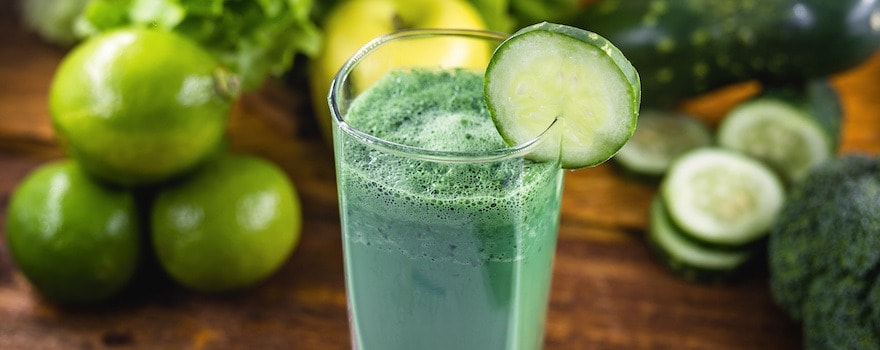
At the same time, chlorella stimulates the immune system and promotes cell regeneration. A property it owes to the Chlorella Growth Factor (CGF), a set of substances present in the microalga’s nucleus. It includes vitamins, amino acids, enzymes, and other active components that have a beneficial effect on natural defenses.
Antioxidant and protects against diseases
Chlorella is also rich in antioxidant compounds. It contains vitamin C, which prevents the formation of free radicals, vitamin E, which acts against cellular aging, carotenoids, and chlorophyll.
Carotenoids protect cells against free radical attacks. Chlorophyll, which gives chlorella its characteristic color, also plays a protective role while stimulating the production of new immune cells.
Thanks to its antioxidant action, chlorella prevents diseases and infections promoted by free radicals.
Reduces stress and relieves depression

Chlorella is also an interesting microalgae for improving mental well-being, reducing stress, fatigue, and relieving mild depression. Like chia seeds (Salvia hispanica), fenugreek (Trigonella foenum-graecum), or cocoa beans (Theobroma cacao), chlorella contains tryptophan.
Tryptophan is an essential amino acid that plays an important role in the nervous system. The reason being: it’s a precursor of serotonin, which is nothing less than the happiness hormone!
By participating in its production, tryptophan improves mood, the feeling of well-being, and fights depression as demonstrated by this study.
Tryptophan also participates in the production of vitamin B3 (or niacin), which is involved in the regulation of stress-related hormones.
What are the benefits of spirulina?
Some benefits of spirulina are similar to those of chlorella. Thus, it strengthens the immune system, reduces fatigue, fights against free radicals, detoxifies… But spirulina has many other health benefits!
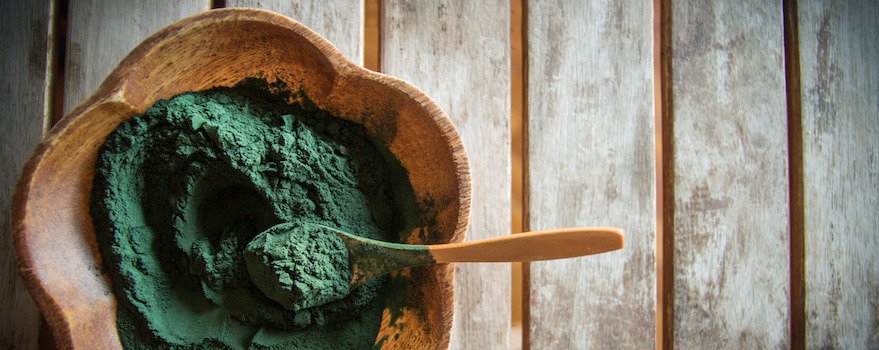
Ideal for athletes
Thanks to its antioxidant action, spirulina contributes to the proper functioning of the body and prevents numerous disorders in people who practice sports.
Indeed, free radicals are responsible for muscle weakness, increase the risk of injuries, and make post-exercise recovery more difficult. As shown in this study, spirulina improves resistance to fatigue and reduces carbohydrate oxidation.
The vitamin, mineral, and trace element content also has beneficial effects on athletes’ bodies. B vitamins, for example, are involved in energy metabolism.
Vitamin E has anti-inflammatory action while iron is involved in oxygen transport.

Reduces cholesterol
Spirulina has a hypocholesterolemic effect, meaning it reduces the level of cholesterol in the blood. Its action is due to the beta-carotene (or provitamin A) it contains.
Besides being a powerful antioxidant, this pigment reduces LDL cholesterol(or “bad cholesterol”). To do so, it works in collaboration with vitamin E which promotes vasodilation. Spirulina thus limits the deposition of cholesterol in the arteries, which is responsible for atherosclerosis.
Aids in weight loss
Spirulina is an interesting food for maintaining a slim figure or losing weight. Rich in proteins and satiating, it also has an appetite suppressant effect. It is therefore ideal for limiting snacking between meals.
Spirulina is also rich in phenylalanine, an amino acid that helps control weight and gives the body a feeling of satiety.
Chlorella or spirulina: which one to choose?
If the action of chlorella and spirulina perfectly complements each other, it is certainly possible to consume them separately. To know which one to choose, you must consider your needs.
In which case to use chlorella?
Chlorella is more focused on detoxifying the body and preventing winter illnesses by boosting immunity.
Its tryptophan content also makes it more interesting than spirulina for improving mental well-being and relieving sleep disorders. Finally, choose chlorella if you wish to lose weight.
In which case to use spirulina?
Richer in iron and vitamin C than chlorella, spirulina should be preferred to improve sports performance. It is also recommended to combat free radicals and oxidative stress.
Due to its beta-carotene content, spirulina is also ideal for reducing bad cholesterol levels.
Two complementary foods
A synergistic action
The effects of chlorella and spirulina on the body (detoxification, stimulation, protection…) are multiplied when they are consumed simultaneously. Together, chlorella and spirulina form a beneficial nutrient cocktail.
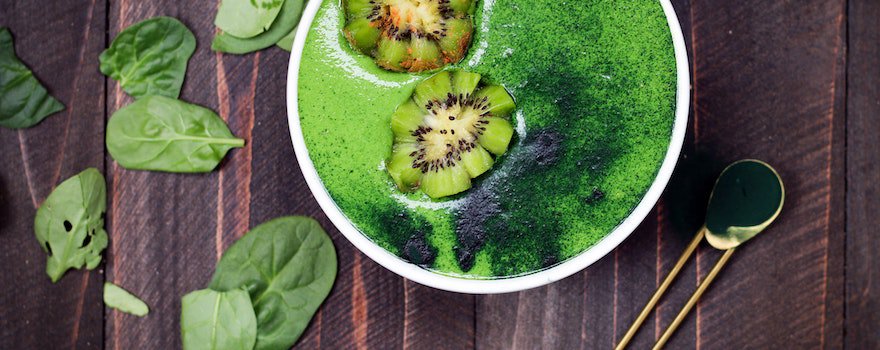
The chlorella/spirulina combination is particularly interesting for preventing nutritional deficiencies, especially in vitamins and iron. It is recommended for people on a diet, vegetarians, or vegans.
Especially since chlorella and spirulina advantageously replace animal proteins.
How to consume them?
To optimize the effects of each, the ideal is to consume chlorella and spirulina together or in alternation.
In the form of a 2 to 3-month course, the chlorella/spirulina combination helps to regain energy and vitality, strengthen immune defenses, and prevent winter diseases and infections.
You can also do a seasonal detox cure in spring, taking a break every 3 weeks.
It is also possible to consume chlorella and spirulina alternately. Then do a 3-week chlorella cure followed by a 3-week spirulina cure, each separated by a one-week break.
Generally, we advise you to start with small doses. Then gradually increase them to the desired dose, depending on your body’s reactions.


